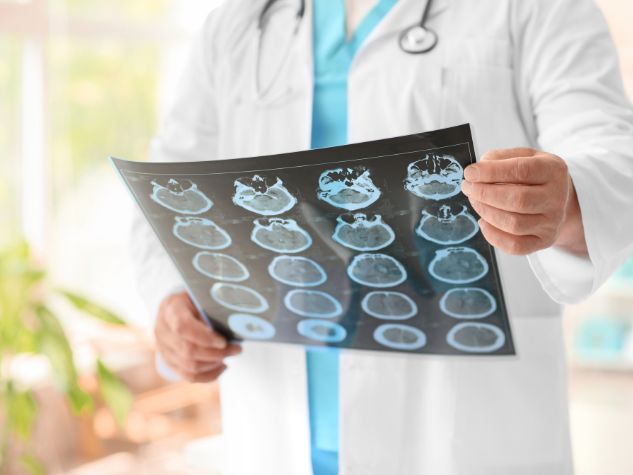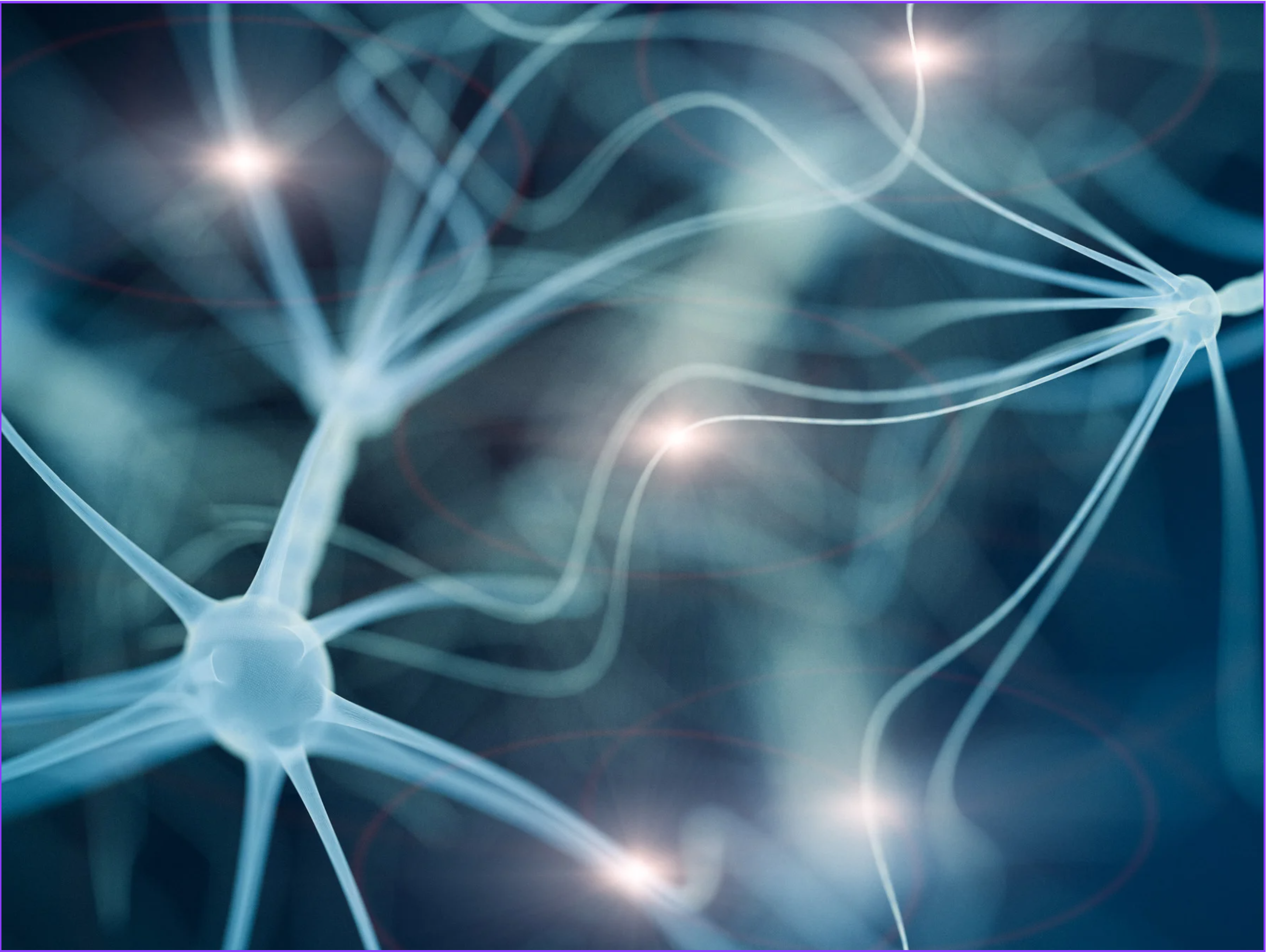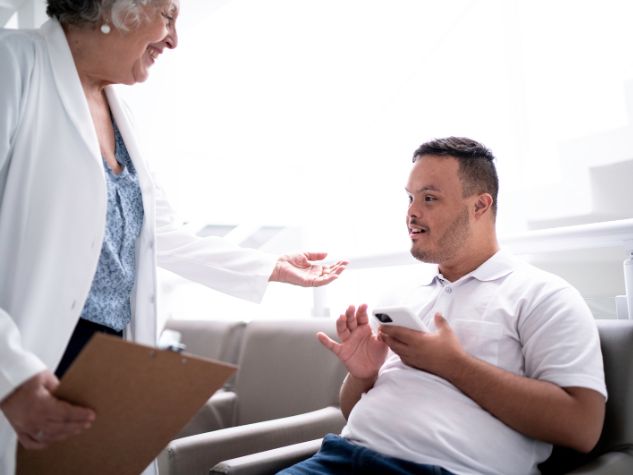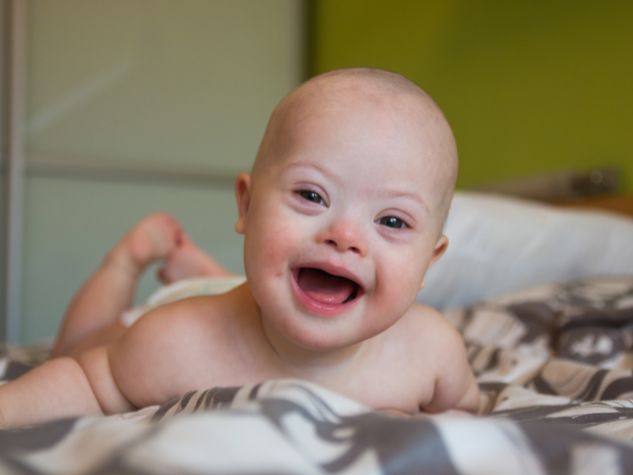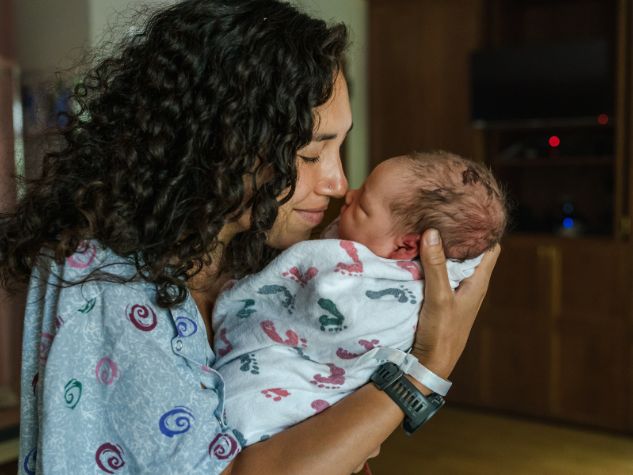Understanding Robertsonian Translocation: A Comprehensive Overview
Robertsonian translocation is a chromosomal abnormality that plays a significant role in genetics and can have profound implications for individuals and their offspring. Named after the American biologist W. R. B. Robertson, who first described it in 1916, this type of translocation is a structural rearrangement of chromosomes. To fully grasp the concept, it’s essential to understand the basics of chromosomes and how they function within our cells.
Chromosomes and Their Importance
Chromosomes are long strands of DNA wrapped around proteins, found in the nucleus of every cell. Humans typically have 46 chromosomes, arranged in 23 pairs. Each pair consists of one chromosome inherited from the mother and one from the father. These chromosomes carry genes, the units of heredity, which dictate everything from eye color to susceptibility to certain diseases.
Chromosomes are categorized into autosomes and sex chromosomes. Autosomes are the 22 pairs of chromosomes that are the same in both males and females, while the sex chromosomes (X and Y) determine an individual’s sex. Robertsonian translocation specifically involves autosomes, particularly the five acrocentric chromosomes: 13, 14, 15, 21, and 22. Acrocentric chromosomes have a centromere very close to one end, resulting in one very short arm and one very long arm.
What is Robertsonian Translocation?
Robertsonian translocation occurs when the long arms of two acrocentric chromosomes fuse at the centromere, forming a single chromosome with two long arms. The two short arms are often lost, as they typically contain non-essential genes or redundant genetic material.
This fusion results in a cell with 45 chromosomes instead of the usual 46, but because the essential genetic material from the lost short arms is usually redundant or non-critical, individuals with Robertsonian translocation generally have no health issues and appear phenotypically normal. The significance of this condition becomes more apparent during reproduction, where it can lead to unbalanced chromosomal configurations in offspring.
Mechanisms and Types
Robertsonian translocations can be inherited or occur de novo (spontaneously) during the formation of reproductive cells. There are two main types of Robertsonian translocations:
- Balanced Translocation: In a balanced Robertsonian translocation, there is no genetic material lost or gained, just rearranged. Individuals with balanced translocations are usually healthy and have no symptoms. However, they may have a higher risk of producing gametes (sperm or eggs) with unbalanced chromosomal content.
- Unbalanced Translocation: An unbalanced Robertsonian translocation involves a gain or loss of genetic material, leading to genetic disorders. This occurs when a person with a balanced translocation passes on the altered chromosome to their offspring. The resulting embryo may have an abnormal number of chromosomes, leading to developmental issues or miscarriages.
Consequences of Robertsonian Translocation
While individuals with a balanced Robertsonian translocation are typically asymptomatic, they face reproductive challenges. Their gametes can end up with extra or missing genetic material, leading to various outcomes:
- Normal Gametes: Some gametes will have a normal set of chromosomes, resulting in healthy offspring if fertilization occurs.
- Balanced Translocation Gametes: Gametes with the same balanced translocation as the parent can also lead to healthy offspring.
- Unbalanced Gametes: These gametes can lead to embryos with an unbalanced chromosome number, causing conditions like Down syndrome or Patau syndrome, or resulting in miscarriage.
Robertsonian Translocation and Genetic Disorders
The most well-known condition associated with Robertsonian translocation is Down syndrome. While the majority of Down syndrome cases result from a trisomy 21 (three copies of chromosome 21), about 4% are due to Robertsonian translocation. In these cases, part of chromosome 21 is attached to another chromosome, often chromosome 14. When a parent with a balanced translocation passes on the translocated chromosome, the child can end up with an extra copy of the long arm of chromosome 21, resulting in Down syndrome.
Patau syndrome (trisomy 13) can also be caused by Robertsonian translocation, involving chromosome 13. These genetic disorders underscore the importance of chromosomal balance and the potential impact of even small genetic changes.
Diagnosis and Genetic Counseling
Robertsonian translocations are typically diagnosed through genetic testing, such as karyotyping, which provides a visual representation of an individual’s chromosomes. This can identify the presence of the translocation and determine whether it is balanced or unbalanced.
Genetic counseling is crucial for individuals with Robertsonian translocation, especially those planning to have children. Genetic counselors can provide information about the risks of having children with chromosomal abnormalities and discuss reproductive options. These may include natural conception with prenatal testing, preimplantation genetic diagnosis (PGD) with in vitro fertilization (IVF), or the use of donor gametes.
Management and Support
For individuals with balanced Robertsonian translocation, regular health monitoring and genetic counseling are the primary management strategies. Those who experience infertility or recurrent miscarriages may benefit from assisted reproductive technologies and targeted interventions.
Support groups and resources for families affected by genetic disorders related to Robertsonian translocation can provide emotional support and practical advice. Organizations such as the National Down Syndrome Society and Unique (Rare Chromosome Disorder Support Group) offer valuable information and community support.
Future Research and Advances
Advancements in genetic research and technology continue to improve our understanding of Robertsonian translocation and its effects. Future developments in gene editing, like CRISPR-Cas9, hold potential for correcting chromosomal abnormalities at the genetic level, although such applications are still in the experimental stages.
Research into the mechanisms and impacts of chromosomal translocations could lead to better diagnostic tools, treatments, and preventive strategies, ultimately improving outcomes for affected individuals and their families.
Robertsonian translocation is a fascinating example of the complexities of human genetics. While it often has no direct impact on the health of the individual carrying the translocation, its implications for reproduction and the health of offspring can be significant. Understanding this chromosomal abnormality through genetic testing and counseling is essential for managing its effects and making informed reproductive choices. As genetic research progresses, the hope is that we will continue to develop better ways to support and treat those affected by Robertsonian translocation and related genetic disorders.


